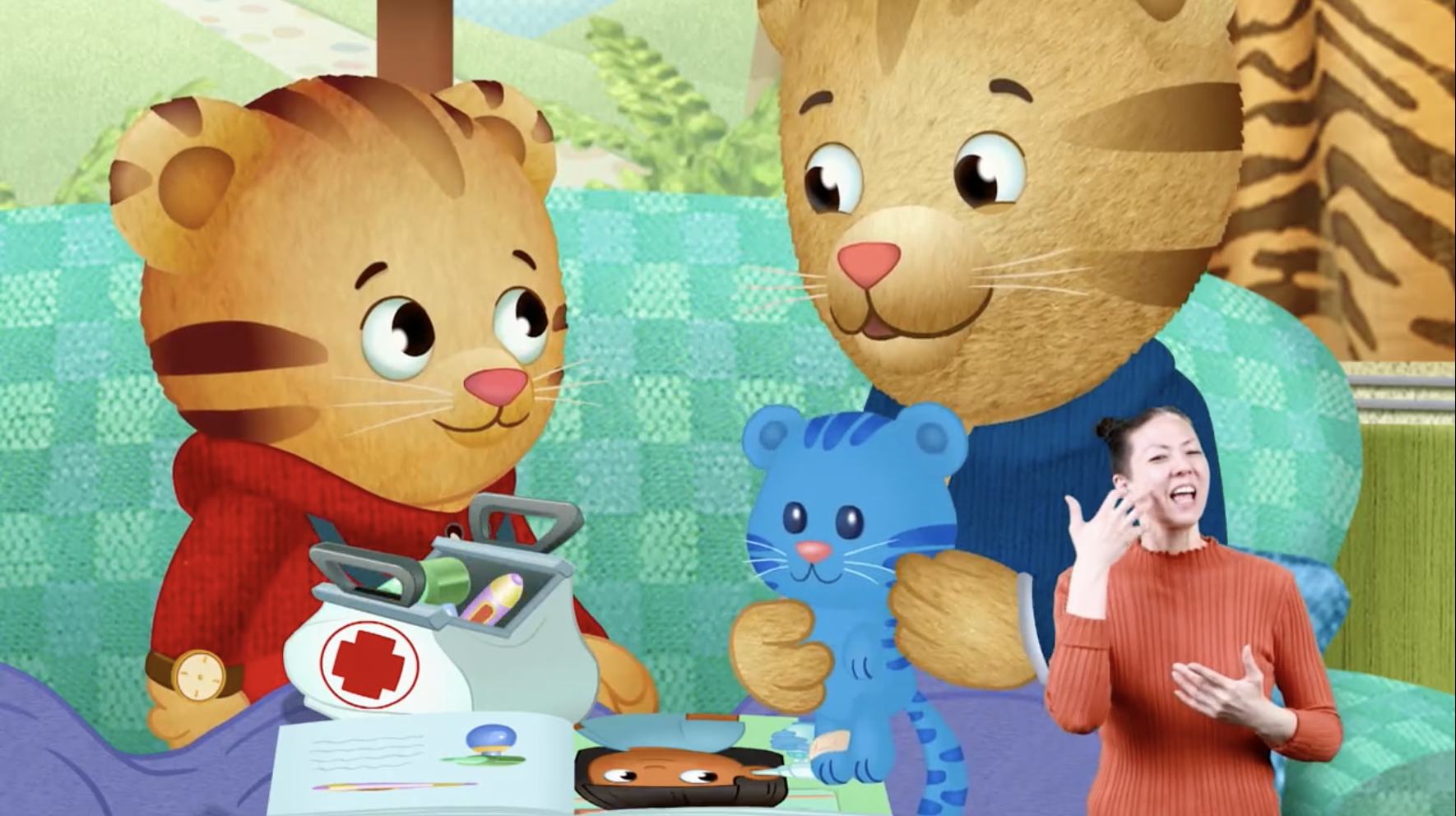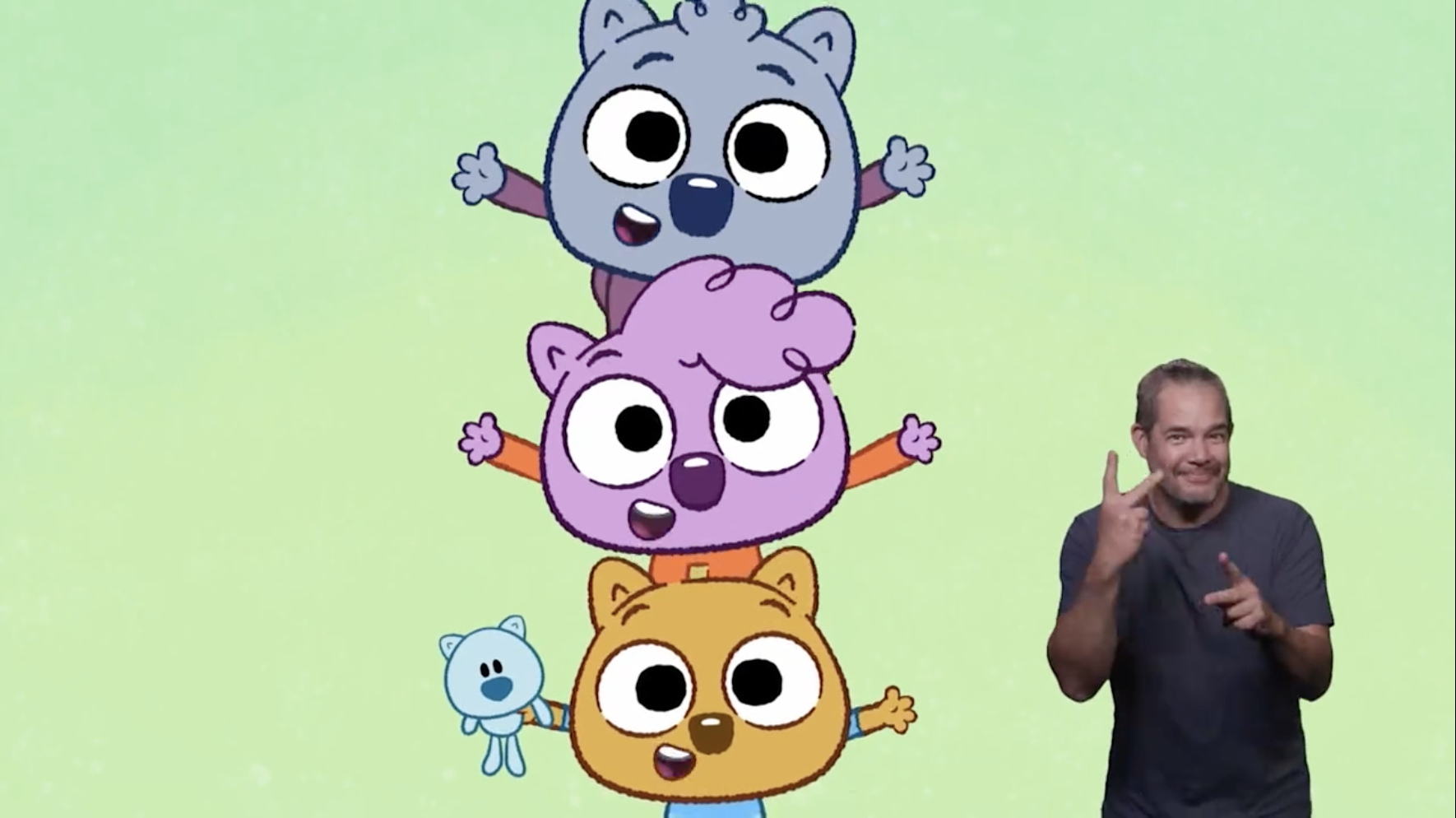PBS Kids Unveils ASL Collection for More Inclusive Viewing
As parents of children with disabilities, we're often seeking ways to create an inclusive world for our children. This weekend, while selecting an episode of Daniel Tiger for my daughter, an exciting new feature caught my eye. In the top right-hand corner of the screen, I noticed an ASL logo—an invitation to inclusivity that spoke volumes without saying a word.
Fortunately, my kiddo chose an ASL episode, allowing me to experience the new feature that enables children with hearing impairments to enjoy their favorite shows alongside their peers. The ASL interpreter was so seamlessly incorporated into the show that my kids were immersed in the story and didn’t comment on the interpreter’s presence - a testament to the thoughtful integration of this inclusive feature.
The Need for Inclusive Media
Statistics show that 2 to 3 out of every 1,000 children in the United States are born with a detectable level of hearing loss (source). While PBS Kids has long offered closed captioning, they recognized that their younger viewers needed more—captioning alone isn't always accessible to those who haven't yet learned to read.
In response to this need, PBS Kids initiated a research project in 2021 to bridge the gap and provide an engaging experience for all children. Collaborating with organizations like Bridge Multimedia and the Described and Captioned Media Program, they sought input from the deaf and hard of hearing community, including children who were deaf or hard of hearing, those who wore hearing aids, had cochlear implants, and even deaf parents of hearing children.
A Diverse Approach to Storytelling
The result is a series of episodes that is meant to foster a sense of belonging and recognition. PBS Kids has also taken care to ensure that the ASL interpreters present in these episodes reflect the ethnic and racial diversity of the audience they serve.
Starting with a collection of 60 episodes, PBS Kids is keen on observing how children interact with these adapted stories. The goal is to understand what resonates, to learn from the community, and to expand the offering based on this feedback. It's a dynamic approach to inclusivity, one that grows and adapts with its audience.
PBS Kids' ASL-Interpreted Series Lineup
Alma’s Way
Arthur
Daniel Tiger’s Neighborhood
Donkey Hodie
Pinkalicious & Peterrific
Work It Out Wombats!
Empowerment Through Representation
As a parent of a child with disabilities, witnessing this level of commitment to inclusivity is both empowering and reassuring. It's a testament to the strides being made towards a more adaptive and supportive media landscape—one where every child can see themselves reflected on the screen.
These ASL episodes are more than just a feature; they are a celebration of diversity and an acknowledgment of the unique ways in which we all experience the world. It's an encouraging step towards inclusivity, one episode at a time.
For those of us in the disability community, these adaptive solutions are more than just conveniences—they are the building blocks of a world where our children can thrive. With each new episode, PBS Kids is helping to strengthen this foundation, and I, for one, am excited to see where this journey will take us. Let us know what you think of the series in the comments below.







